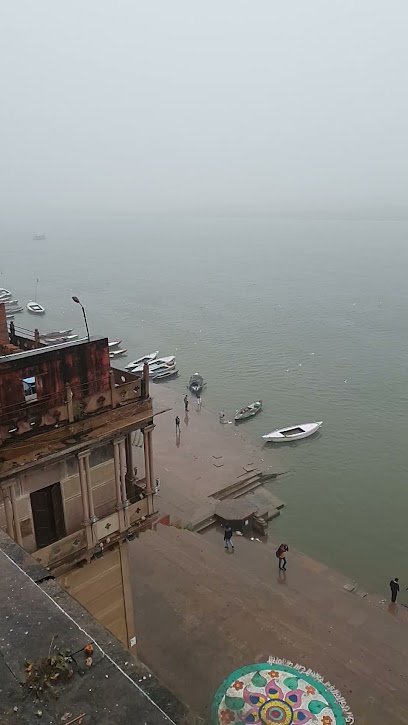
Introduction
Located on the banks of the sacred river Ganges, Janaki Ghat in Varanasi is a place of immense cultural and historical significance. This iconic ghat has been witness to countless rituals, ceremonies, and spiritual practices for centuries. In this blog post, we will delve into the rich history, geography, attractions, best time to visit, local delicacies, accommodation options, and the people who are drawn to this enchanting destination.
History and Significance
Janaki Ghat holds a prominent place in the religious and cultural heritage of Varanasi. It is believed to have been established in the 16th century by Queen Janaki, the wife of King Maharaja Chet Singh. The ghat was named after her and has since become a revered site for Hindu devotees.
Throughout its history, Janaki Ghat has been a hub for various religious activities. Pilgrims flock to this ghat to take holy dips in the Ganges, perform rituals, and offer prayers to deities. The ghat is particularly famous for its association with the Hindu festival of Chhath, during which devotees gather here in large numbers to worship the Sun God.
Geography and Location
Janaki Ghat is situated on the eastern bank of the Ganges River in Varanasi, Uttar Pradesh, India. It is strategically located near the Dashashwamedh Ghat, which is one of the most popular and vibrant ghats in Varanasi. The ghat offers breathtaking views of the river and the surrounding ancient temples, creating a serene and picturesque atmosphere.
Attractions and Outing Places
While Janaki Ghat itself is a captivating attraction, there are several other notable places to visit in its vicinity. One of the closest attractions is the Kashi Vishwanath Temple, dedicated to Lord Shiva. This revered temple is a significant pilgrimage site and showcases stunning architecture.
Another nearby attraction is the Manikarnika Ghat, known as the main cremation ghat in Varanasi. Visitors can witness the ancient rituals and ceremonies associated with cremation, providing a unique insight into Hindu funeral traditions.
Best Time to Visit
The best time to visit Janaki Ghat and Varanasi is during the winter months, from October to March. The weather is pleasant, with temperatures ranging from 15 to 25 degrees Celsius. This time of the year also coincides with several festivals and cultural events, adding to the vibrancy of the city.
Local Delicacies
Varanasi is renowned for its delectable street food and traditional sweets. When visiting Janaki Ghat, be sure to try the famous Banarasi Paan, a betel leaf preparation filled with a variety of mouthwatering ingredients. Other must-try delicacies include Malaiyo, a creamy dessert, and Kachori Sabzi, a spicy snack.
Accommodation Options
Varanasi offers a range of accommodation options to suit every budget and preference. From luxury hotels overlooking the Ganges to budget guesthouses in the old city, there is something for everyone. Some popular choices include Taj Ganges, BrijRama Palace, and Hotel Ganges View.
Visitors and Spiritual Seekers
Janaki Ghat attracts a diverse range of visitors, including both domestic and international tourists. Spiritual seekers and devotees come here to experience the sacredness of the Ganges and seek blessings. The ghat is also frequented by photographers, artists, and scholars who are drawn to its historical and cultural significance.
Conclusion
Janaki Ghat in Varanasi is a timeless destination that offers a glimpse into the rich cultural and spiritual heritage of India. Its historical significance, serene ambiance, and proximity to other attractions make it a must-visit place for anyone exploring Varanasi. Whether you are seeking spiritual solace, cultural immersion, or simply a tranquil retreat, Janaki Ghat will leave an indelible mark on your soul.
References
Location: https://maps.app.goo.gl/FwwntYooZwom8XTu5
Source: techbeyondinfinity.com/blog






